- Love2Cruise
- Budgeting
Vacation budget calculator
Set Sail Without Sinking Your Savings: The Essential Guide to Budgeting for Your Cruise!
The allure of a cruise vacation is undeniable, promising exotic destinations, onboard entertainment, and a stress-free escape. However, the initial cruise fare is just one piece of the financial puzzle. To truly enjoy your time at sea without returning home to a mountain of unexpected bills, it’s absolutely crucial to create a comprehensive budget that accounts for all the costs associated with your trip, both before you even step on the ship and during your time onboard and in port. Failing to consider these additional expenses can lead to financial strain and detract from the relaxation you so deserve. Let’s navigate the essential elements of cruise budgeting to ensure your dream vacation doesn’t break the bank.
The journey to your cruise often begins long before you reach the port. Airline tickets to your departure city can be a significant expense, especially if you’re flying from afar. Don’t forget to factor in potential airport parking fees if you plan to drive, or the cost of gas and tolls for the drive itself. You also have port parking cost. Alternatively, rideshares or taxis to and from the airport can also add to your pre-cruise expenses. If your flight arrives the day before your cruise, a pre-trip hotel stay is often necessary, along with the cost of pre-trip food for your meals before boarding. These initial transportation and accommodation costs form the foundation of your overall budget and should be researched and accounted for early in the planning process.
Once you arrive at your embarkation port, your spending doesn’t stop. Port spending can include anything from souvenirs and snacks near the terminal to transportation if you choose to explore the local area before boarding. Onboard, the opportunities to spend abound. While the casino can be an exciting diversion, it’s essential to set a strict casino spending limit and stick to it. Excursions in each port of call offer incredible opportunities for exploration and adventure, but their costs can vary widely, so research and prioritize based on your budget. Gratuities, whether prepaid or paid daily onboard, are a customary way to thank the crew for their service and should be factored into your daily spending. Photos taken by the ship’s photographers can be tempting souvenirs, but the cost per print or digital package can add up. Don’t forget about insurance, specifically travel insurance, which, while an investment in peace of mind, is still a cost to consider.
Beyond these common expenses, there might be other temptations onboard. Specialty coffees, alcoholic beverages (if not part of a package), and snacks outside of meal times will contribute to your spending. Spa treatments, onboard shopping, and even internet access often come with additional fees. It’s wise to research the average costs of these amenities on your chosen cruise line to help you estimate your potential onboard spending.
The key to successful cruise budgeting is thorough research and realistic expectations. Once you have an idea of the base cruise fare, start researching the costs of flights, pre-trip accommodations, and potential excursions. Estimate your daily spending for onboard activities, beverages, and souvenirs. Consider pre-purchasing beverage packages or shore excursion bundles if they offer cost savings. By creating a detailed budget that encompasses all these potential expenses, you can avoid financial surprises and truly relax and enjoy your incredible cruise vacation, knowing you’ve planned for smooth sailing both on the water and with your finances.
#CruiseBudgetingTips #TravelFinance #PlanYourCruise


